Hanji Chueok (Recollections) (한지추억)
924.9M 2022-09-16
6, Insadong 7-gil, Jongno-gu, Seoul
+82-2-735-2059
Hanji Chueok (Recollections) is one of the better-known craft shops in Insa-dong and has even been featured by a number of international magazines. Prepared using traditional Korean processing methods, hanji is a type of beautiful, high-quality paper. Hanji Chueok is a great place to experience the tradition of hanji crafts; accessories, photo frames, and interior design items line the store shelves. Visitors can not only purchase extremely well-crafted items, but can also participate in seminars taught by professional artists to learn how to make their own hanji items. Visitors can take home their hanji creations as a lovely souvenir at the conclusion of the seminar.
HANILKWAN - Gwanghwamun Branch (한일관 광화문)
924.3M 2024-03-18
50, Jong-ro 1-gil, Jongno-gu, Seoul
+82-2-722-7557
It is a store that has been operating with a long tradition since 1939. This Korean dishes restaurant is located in Jongno-gu, Seoul. The most famous menu is bulgogi.
Seoul Gongyesa [Tax Refund Shop] (서울공예사)
924.2M 2024-04-16
1F, 27-1, Insadong-gil, Jongno-gu, Seoul
-
Ipamnamu - Insa Branch [Tax Refund Shop] (이팝나무 인사)
937.9M 2024-04-18
4, Insadong 5-gil, Jongno-gu, Seoul
-
Tteulan Teahouse (뜰안)
938.0M 2024-12-10
Tteulan Teahouse is a cafe that really allows one to feel the tradition and flair of Korea. Tteulan has two entrances: one facing the wide alley and the other facing the smaller one. The smaller entrance is decorated like a garden, so it feels as if one is stepping into a land of fairy-tales. The café has a floor seating tables with traditional items like gadari soban (a table with legs that curve like a dog's legs), and jogakbo (a textile woven from several pieces of scrap cloth), all of which add to the traditional Korean aesthetic. The menu features ssanghwacha (medicinal herb tea known to help the immune system), a favorite among middle-aged and elderly Koreans; omija tea (omija is a tart berry that grows in East Asia known to be good for lung and bronchial health and boosts immunity); citrus tea (usually made with yuzu which is rich in vitamin C and said to help mitigate fatigue); and pour-over coffee. Traditional desserts include mugwort rice cake (rice cake with mugwort added for herbal flavor, best enjoyed with malt syrup), pumpkin rice cake, and roasted grain powder (a nutritious beverage made with a variety of powdered grain). It can be hard to find seating in the afternoon, so visitors are advised to avoid these hours if they seek to enjoy their drink in peace.
Kimchigol Well-being Bapsang(김치골웰빙밥상)
946.9M 2024-10-14
22-5 Insadong-gil, Jongro-gu, Seoul
+82-2-720-6436
A restaurant where you can try kimchi, a Korean traditional dish, and meat. The representative menu is kimchi cabbage wraps with pork. This is a Korean cuisine located in Insa-dong, Seoul.
Hostel Tommy (호스텔 토미)
947.4M 2021-05-27
66, Donhwamun-ro, Jongno-gu, Seoul
+82-2-744-6844
Hostel Tommy is located in the Jongno district, right in the middle of Seoul. The location is within walking distance from some of the major tourist attractions such as Changdeokgung Palace, Samcheong-dong, Insa-dong, Cheonggyecheon Stream, Myeong-dong, and Dongdaemun Shopping Center. Jongno 3-ga Station (Seoul Subway Line 1, 3 & 5) and the Airport Bus Stop are also easily accessible from the hostel, making travel by public transportation convenient. The hostel provides free international calls and wireless internet access to guests. Friendly and helpful staff that speak English, French, or Japanese are always available to make sure guests have a comfortable stay. All rooms have a bathroom, mini-fridge, TV, towels, and a hair dryer. Toast, eggs, coffee, juice and jam are served for breakfast every morning.
Seoul Art Center Gongpyeong Gallery (서울아트센터 공평갤러리)
954.6M 2021-06-19
24, Insadong-gil, Jongno-gu, Seoul
+82-70-4214-0070
Opened in 1992, Seoul Art Center Gongpyeong Gallery is a 17,791㎡, two-story building with four exhibition halls. It is one of the main galleries of Insa-dong, displaying diverse artwork ranging from Western and Korean paintings to sculptures. Due to the great interest in Korean paintings, 2~3 of the annual long-term exhibitions focus solely on them.
Gwanghwamun Gate (광화문)
958.8M 2024-12-04
161 Sajik-ro, Jongno-gu, Seoul
+82-2-3700-3900
Built in 1395 under the reign of King Taejo, the first king of the Joseon dynasty, Gwanghwamun Gate is the southern gate of Gyeongbokgung Palace. It is also the main gate of the palace, therefore larger and fancier in comparison to the other gates. Gwanghwamun Gate consists of three arched gates; the center gate was used by the king, while the other two were used by the crown prince and royal officials. The tall granite walls of the gate serve as a platform for the wooden gate tower that watches over the city. The gate has a sign with its name written at the top center of the gate tower.
Gwanghwamun Gate went through several damages and restorations over the course of history. It was first severely damaged during the Imjin War (1592-1598) and was not restored until the reconstruction of Gyeongbokgung Palace in 1864. Under the Japanese administration, the gate was demolished and relocated to the north of the palace's eastern gate, followed by series of damages during the Korean War (1950-1953). In 1968, Gwanghwamun Gate was relocated back to the south of the palace and was rebuilt using concrete; however, the gate’s position was shifted a few meters away from its original location. In 2006, a major reconstruction project took place to restore Gwanghwamun Gate to its original state and location, disassembling the structure completely and replacing concrete with granite and wood. After three years and eight months of construction, Gwanghwamun Gate was fully restored to its original form and was open to the public on August 15, 2010.
Yeojingop (여진곱)
961.2M 2021-03-19
430, Samil-daero, Jongno-gu, Seoul
+82-2-762-5157
A gopchang (intestine) restaurant located near Nakwon Music Mall. The best menu at this restaurant is beef small intestine hot pot/pork small intestine hot pot. This is a Korean cuisine located in Jongno, Seoul.
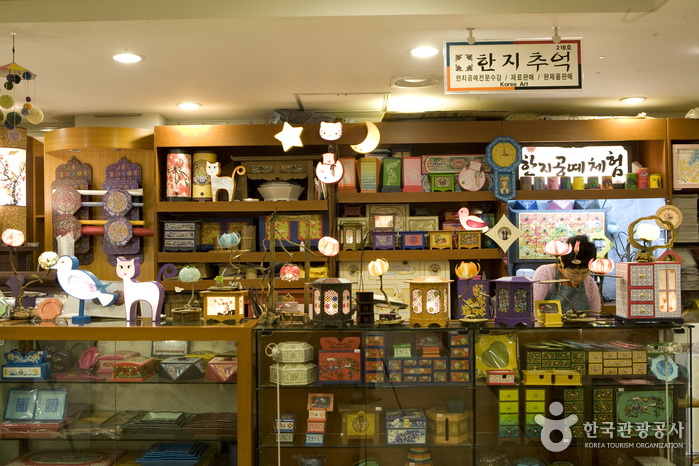

![Seoul Gongyesa [Tax Refund Shop] (서울공예사)](http://tong.visitkorea.or.kr/cms/resource/10/2878210_image2_1.jpg)
![Ipamnamu - Insa Branch [Tax Refund Shop] (이팝나무 인사)](http://tong.visitkorea.or.kr/cms/resource/08/2878208_image2_1.jpg)
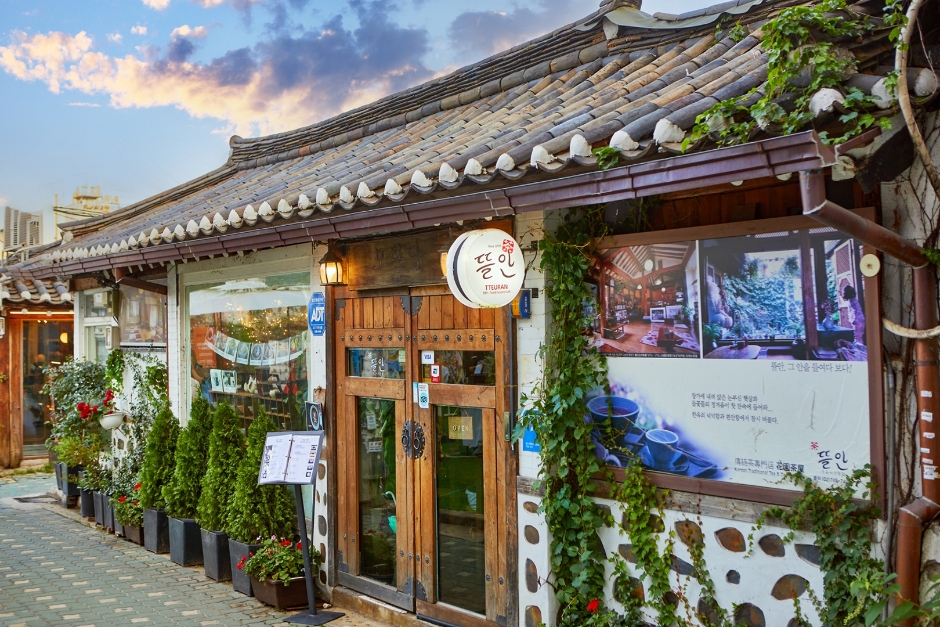
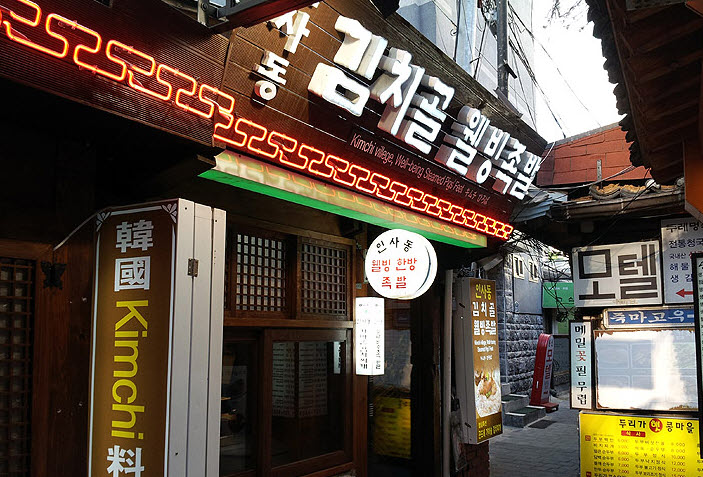
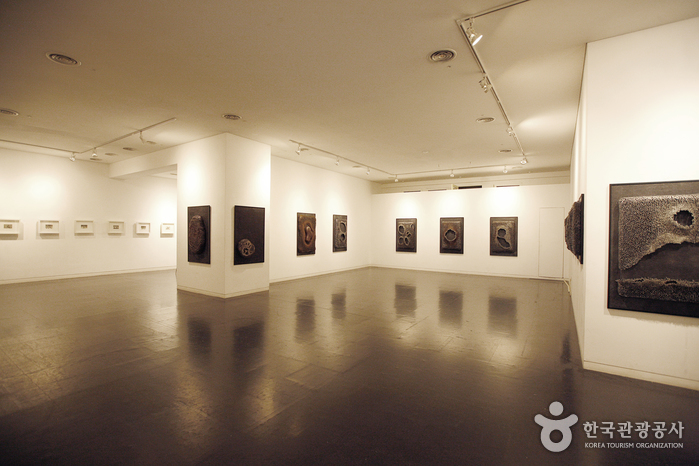
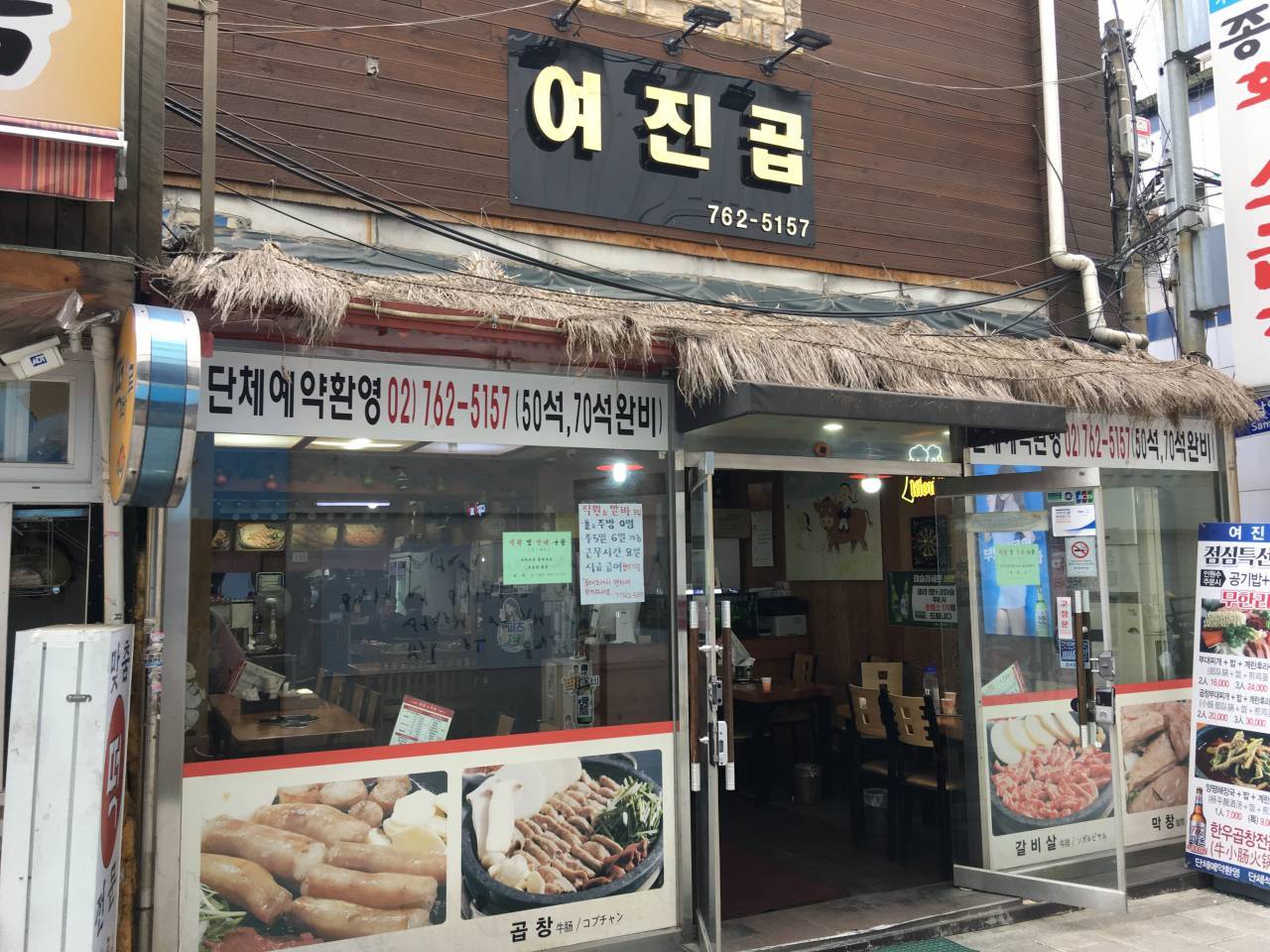
 English
English
 한국어
한국어 日本語
日本語 中文(简体)
中文(简体) Deutsch
Deutsch Français
Français Español
Español Русский
Русский